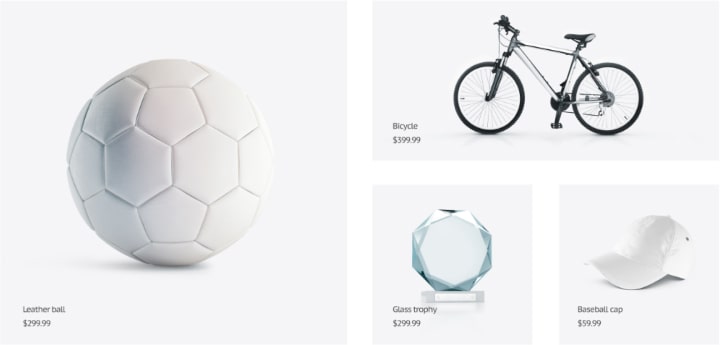
18 Ways to Increase Facebook Followers and Likes in 2019
The Myth of Abandoned Carts
How many sales are lost annually through abandoned carts? Too many we are told. The statistics vary a little but most studies suggest that around 70% of all sales are abandoned at the checkout. That’s a lot of abandoned carts. Just look at your own stats. I’m sure that you’ll see that only around 1 in 4 sales go through.
But let’s spin it the other way
That’s a potential 3 other sales that you could still capitalise on. In fact we can push the point further. Are these really lost sales:
- A lost sale is one in which a client goes into a shop, picks up an item with the intention of buying, takes it to the till, and then changes their mind in front of the cashie;
- The he scary statistic: 51% said they had abandoned a sale at checkout because of poor or too few delivery options.
- Judge it from your own experience. Most of the time it’s just virtual window shopping. You drop things in a cart not with the actual idea that you’ll buy it, but more because you want to put together a wishlist,or to get an idea, or just for fun because you are bored. You are wandering round a virtual mall, having a look around. Nothing more.
Is that really what is going on here?
That every abandoned cart is a lost
That’s a potential 3 other sales that you could still capitalise on. In fact we can push the point further. Are these really lost sales.
Viewed positively
Of course not. That’s just the schtick that the consultant selling expensive email remarketing services want you to think.
Viewed positively
That’s how we’re going to approach this, positively), what’s actually being set up is a potential sale. Here we no longer need to try and work out what the customer wants, by putting it into their cart we already know.
Flat rate and table rate shipping
This is fairly straightforward. Have a look at your inventory and think about what items might best lend themselves to free shipping (light, high sales volume items for example). Then set restrictions across your store accordingly. It might also be a strategy that can be used to push slower selling items.
You need to experiment with variables until you get the metrics exactly right. Try out different order amount thresholds for qualifying for free shipping, adjusting up and down until you hit that sweet number that is best both for your customers and your margins. Of course, I don’t have to tell you that you need to be discrete and well planned when it comes to this kind of experimenting, otherwise you’ll seriously cut into customer loyalty. After all, no-one wants to visit a store that is changing its policy every few days.

Why not give your customers the option to choose which shipping service and cost they prefer?
This is the subject for a whole other blog, as it can get quite complicated. The basic essence of dropshipping is this: instead of holding your own inventory, you source it from a variety of places, from a wholesaler or the producer itself, or from other retailers.
To help standardize your processes and optimise your productivity and sales, you’ll need at some point to consider bringing in a third party to handle your shipping. If you have your own inventory, and manage your stock directly, there are lots of courier companies out there than can fit the bill.
“You might want to go with a USPS or a Parcelforce, or a smaller provider. Whatever you choose, make sure that you have a solid SLA in place that makes it clear what the terms.”
Whitney Blankenship
Omnisend, Content Marketing Manager
Delivery Update Web Push Notifications
This means that with no stock, you handle no delivery directly. Basically, you have to depend 100% on the reliability and speed of these third parties to dispatch your orders. This is a win/win if you can find the right suppliers, but it can really damage your business if you don’t. Our advice when it comes to drop shipping. Do your homework.

Final thoughts
With so much consumer trust and potential sales riding on the kind of shipping service you offer, it really is essential that you take the time to kind your shipping right. Do the research and plan precisely. Because if you do offer the kind of delivery your mar ket is after, the sky is potentially the limit for your store.

Jpeg or WebP - How Does Image Formatting Affect Shopify SEO
Jpeg or WebP Format - The Future Of Shopify Stores SEO

This tool is a converter which works to make your experience on Shopify greater than it already is. If you want to make the most out of the store you’ve created on Shopify Stores, you need apps that take your business to the next level.
WebP Format For Shopify SEO

This is one of the new-generation formats to hit the market recently which many people are already raving about.
WebP works by combining two types of formatting (lossy and lossless compression) to reduce the size of images while not detrimentally affecting the images’ original quality.
But let’s spin it the other way
- Speed - Many companies have already got on board with WebP formats as they reduce the time it takes to load a page. Youtube alone has already been reported to experience a 10% increase in loading pages.
That means that your consumers will be able to load your page faster, thus improving the quality of their experience as a customer.










